Back in mid December of 2021 I had the oppertunity to attend a runway fashion show à la European haute couture style. On display were the beautiful shawls made in Faisal Quraishi’s 125 year old acclaimed loom house in Aurangabad, India. Faisal’s great-grandfather arrived in Aurangabad 150 years ago and established a network of master weavers that has become renound and honored throughout India. ZariZar is the business name for Faisal’s handmade shawls as well as the outlet for the radiant minerals of Feroz Khan
ZariZar introduces it’s shawls through four collections: the Heritage, Taj Mahal, Golden Geometry, and Reflections Collections.
The wool yarn used is called “Fine Wool” and is a blend of New Zealand wool, Indian cashmere, and pure silk.
Some Fine Wool shawls include a thread called “Zari.” Zari is a very fine silk thread wrapped in gold. This thread creates subtle effects in the shawl. The gold reflects the light creating a fascinating sheen.
Here are some pictures of the shawls from my vantage point along the runway.

These shawls have names. Each shawl is exquisite and made by hand. This one is called Rivendale in Ruby Red. The border design is called Himroo and the subtle sheen is achieved with the use of Zari threads. The shawl is made of Fine Wool and is warm, comfortable, and reversible. Of course, it is beautiful on both sides.

ZariZar shawls from the Taj Mahal Collection are exquisite and expensive. The artistry and quality of the finished fabric is comparable to the highest quality fabrics in the West. When you consider that it takes two master weavers working together up to 8 weeks to create one of these large shawls you can see how work intensive they are. To put things into perspective, a family of 4 can live in Aurangabad for over two months on $2000. Buying one of these shawls not only supports these artisans, it also keeps an 800 year old tradition of craftsmanship alive and working.

The shawls from the Taj Mahal Collection are the top of the line creations from ZariZar. Woven on a hand loom from Fine Wool, the designs for these shawls have been handed down through Faisal Quraishi’s family of weavers for generations. They are large, luxurious, one of a kind masterpieces of weaving. The tradition of craftsmanship upheld by Faisal and his weavers dates back to the fourteenth century.
Notice the small Haute Hijab Magnets used to hold the shawl in place during the walk down the runway. These powerful magnets offer a modern and stylish alternative to using a broach.

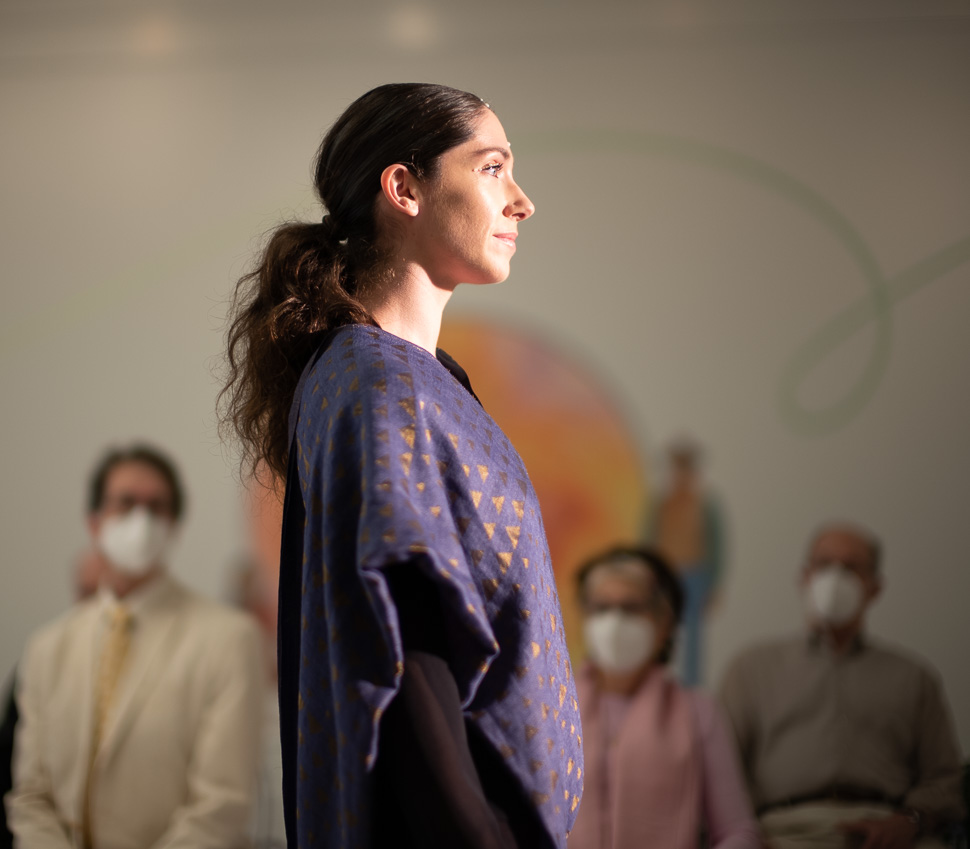
This design is inspired by the pyramids at Giza, Egypt. It is woven by hand with Fine Wool and is reversible. Needless to say, both sides are stunning. The pattern is called “Golden Zari.”
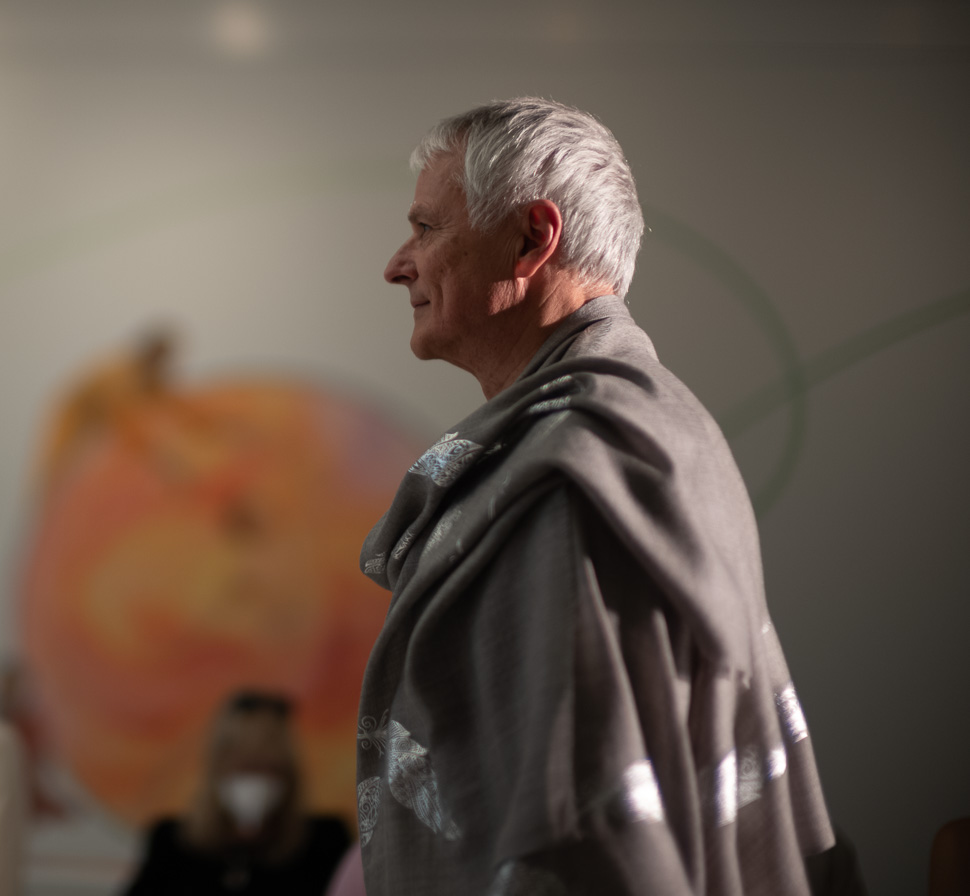
Men can also wear shawls. A shawl is not a poncho, or a scarf. How does a man wear a shawl? Just put on your regular pair of jeans and shirt and loosely drape the shawl over your shoulders and arms. The silver feathers and compelling color make this shawl look great.



The Cibola comes in at least six colors: Fawn Gray, Ivory, Black, Evergreen, Cranberry, and Saffron. Made of Fine Wool, it has a border of Zari threads.

Above is another method of arranging the shawl for a man. I like it. Wearing a shawl can be both comfortable and fashionable for men. You just have to be able to carry it. It helps to always remember: “Ki is extending.”

Here is another guy with a shawl. This picture is from the internet. Different shawl. Different model. Different style. A broach is used here to fasten the shawl. Quite different from the Haute Hajab Magnets used with the ZariZar shawls. Still, I like the manly look.

Here, the Amara is worn by another model. This shawl takes eight weeks to craft, with two master weavers working together. Golden zari threads are woven into the delicate pattern. The reverse side reveals the sophisticated and intricate weave.
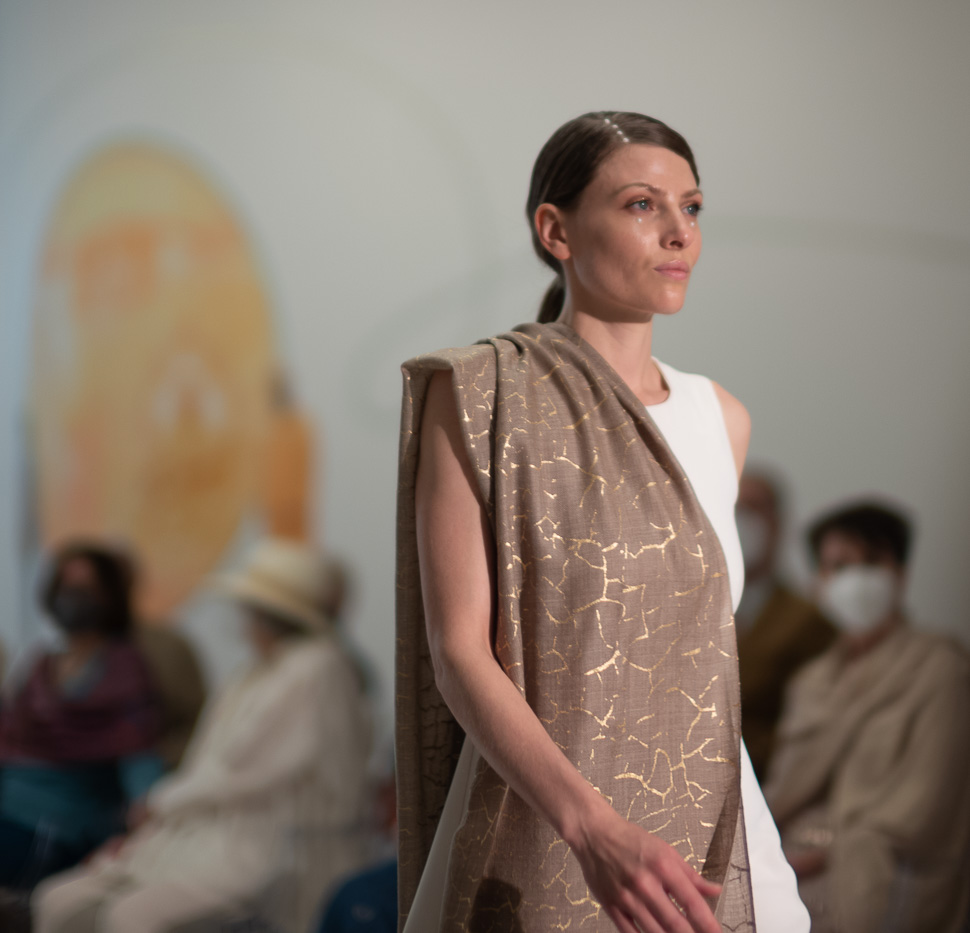
The intriguing gold design of this shawl is heat stamped onto the fabric. Very attractive indeed.

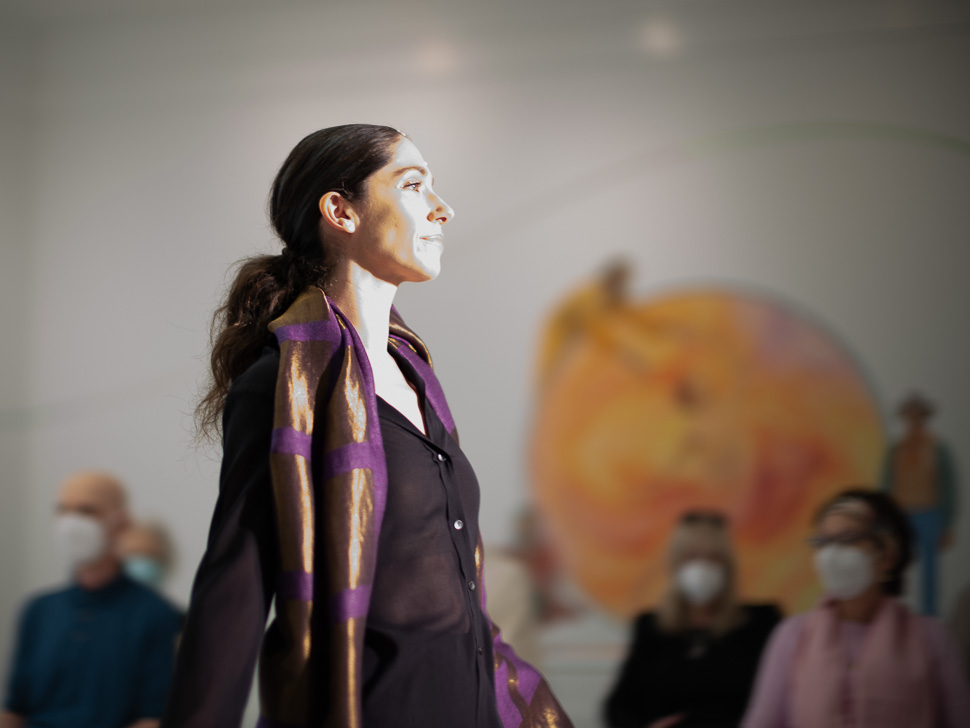
The ZariZar website describes this shawl:
“Named for the Luminous Land — the area in India where it is loomed, our Deccan shawl is woven by hand with Fine Wool. The pattern is golden Zari. Reversible and beautiful on both sides.”

The ZariZar website describes the Golden Geometry Collection this way:
“Gold wrapped silk thread, called Zari, is woven into Fine Wool to create radiant designs. This golden thread casts a luminous sheen with a lustrous feel.”
Truly amazing textiles woven into world class fabrics by skilled artisans working within a centuries old tradition of craftsmanship.


From the website <https://www.zarizar.com> “Relaxing on the Côte d’Ivoire or unwinding at home, the Comoé handwoven shawl with its beautiful heritage design will bring you comfort, beauty, and luxurious warmth.”
Again, Haute Hijab Magnets are used.
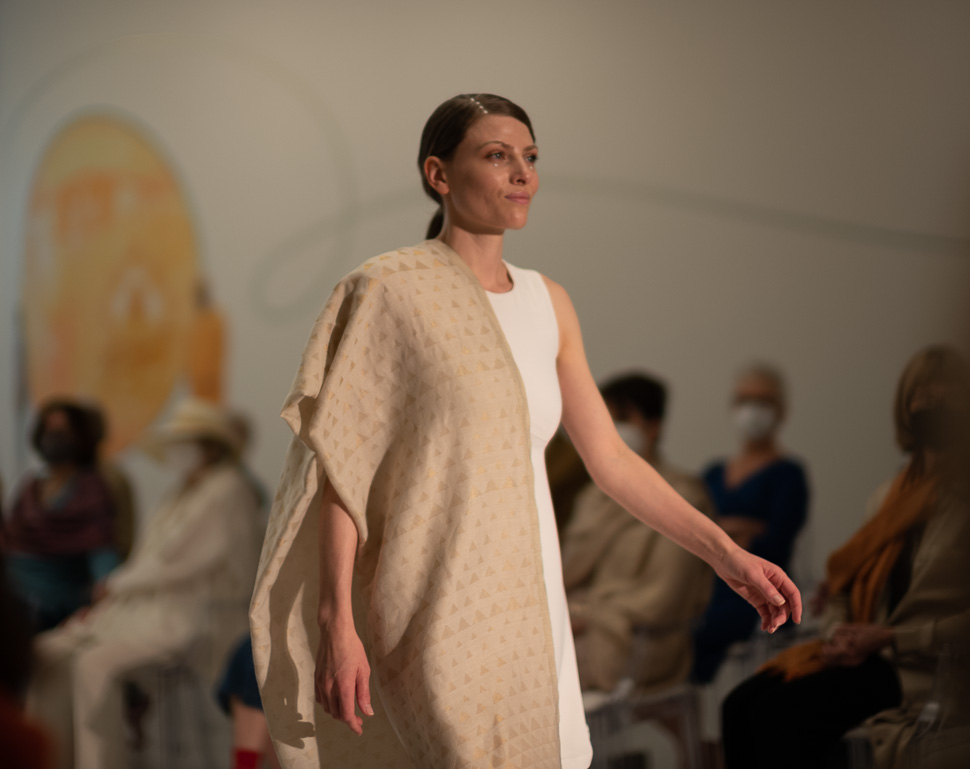
A lovely drape of the fabric creates a delightful impression. Zarizar helps you arrivie with the look of perfection.

This exotic shawl is made with 100% Fine Wool. The Fine Wool blend of New Zealand wool, Indian cashmere, and pure silk then has the feathers heat stamped in gold upon the fabric.
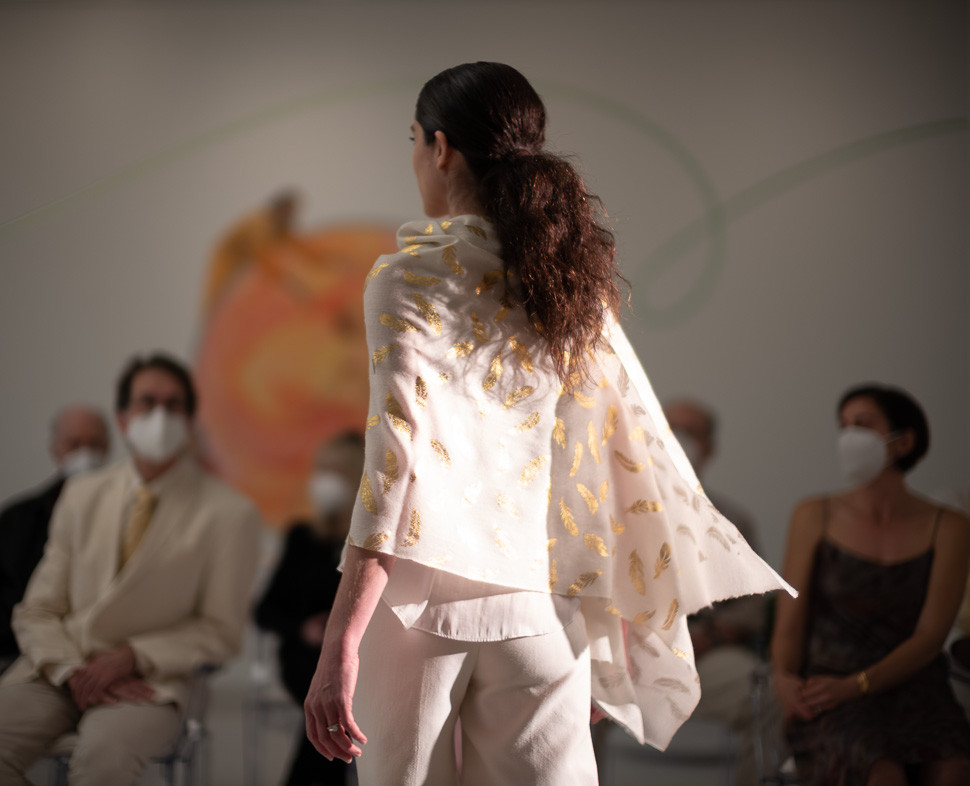
The ZariZar website offers a truly international platform for the sale of these enchanting fabrics. The website is beautifully done with numerous pictures and videos of the articles available. If you are interested in having one of these magnificent shawls, or if you would just like to view them and learn more about these traditional fabrics and designs, you can visit the website here.
ZariZar.com offers not only the attractive shawls of Faisal Quraishi ‘s loom factory in Aurangabad, but also the wonderful crystals and sparkling geodes that have been collected from auspicious sites around the Deccan Plateau by Feroz Khan of Khuldabad. Faisal and Feroz market their products together as ZariZar.
Feroz introduces his minerals through three categories: Clusters, Plates, and Geodes. He refers to his sparkling minerals as “Light, frozen over time.”
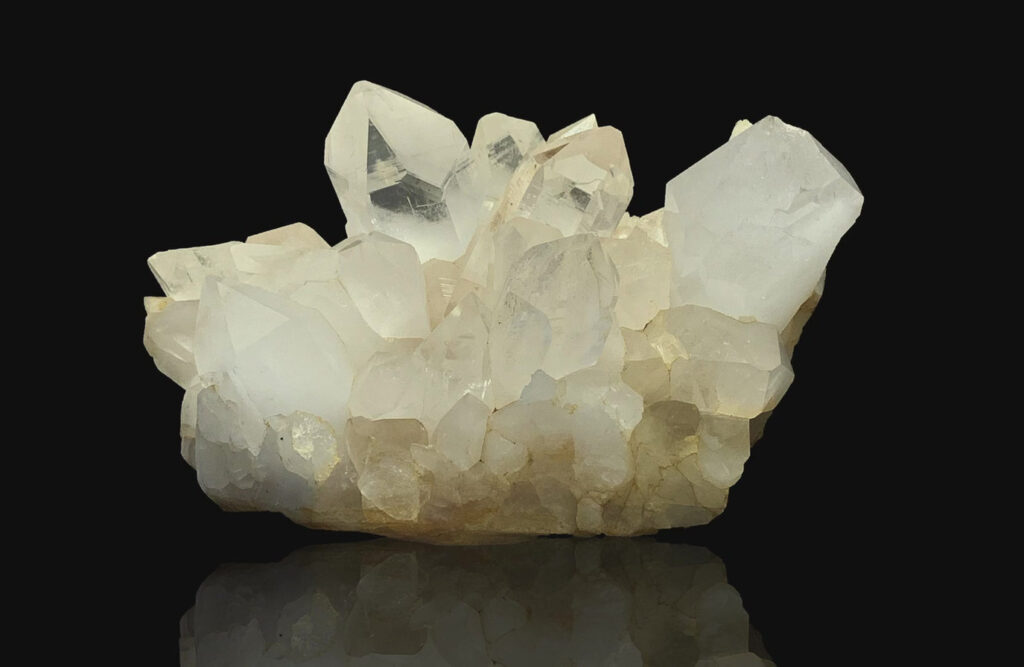



Faisal and Feroz were able to watch the exhibit of their products backstage from India, thanks to modern technology. As the fashion show concluded, they were introduced to the audience and joined us all via zoom links on iPads. They were up at something like 4 AM in India to participate and watch the show: Faisal from Aurangabad and Feroz from Khuldabad. After the presentation all of the shawls and crystals were available to view up close and purchase if desired. It was quite unexpected that Faisal and Feroz could mingle and talk with the crowd through the magic of Zoom technology and Apple iPad scientific know how.

The business and website collaboration between Faisal (shawls) and Feroz (crystals and minerals) is called ZariZar in honor of Zar Zarizar Bakhsh the fourteenth-century Perfect Master who lived in Khuldabad 700 years ago. Zar Zarizar Bakhsh was the master of Sai Baba of Shirdi (1838-1918). Just how a fourteenth-century Perfect Master could be the teacher of a 20th century Perfect Master seemed quite impossible to understand until the story was explained by Meher Baba:
Once on a visit to Ellora Caves, Meher Baba took his mandali (group) to a nearby small village named Khuldabad. Here on a hill stands the shrine of mystic Zar Zari Zar-Bakhsh, who lived there 700 years ago. Meher Baba asked his men to bow down and pay their respects at the shrine. Later Meher Baba told them that Zar Zari Zar-Bakhsh was a ‘ Perfect Master’ [qutb] and was the master of Sai Baba of Shirdi. Surprised at the revelation, one of the members of mandali asked Meher Baba, how this was possible when Sai Baba lived in our time and the Sufi master lived 700 years ago. Meher Baba then explained that Sai Baba had been a disciple of Zar Zari Zar-Bakhsh in a previous incarnation. During that time Sai Baba served his Master with Love and devotion and the master’s grace descended on him. This grace carried through Sai Baba’s subsequent incarnations until he became the ‘Perfect Master’ we now know as Sai Baba.
You can find more information here.
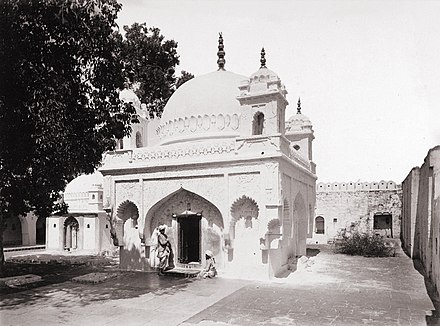
Cindy and I traveled to Khuldabad in 1987 and visited the Dargha of Zar Zarizar Bakhsh. At that time women were not allowed into the Dargha. We were, however, fortunate enough to climb the nearby hill (Hoda Hill) together to the cave where Sai Baba and Meher Baba both meditated in seclusion. We were able to sit quietly there for a few minutes.
11 years later, in 1998, we traveled with our whole family to India. While everyone else stateside was headed to Ft. Lauderdale, Florida during Christmas break we took our kids to Khuldabad.

In 2002 we traveled to Arangabad and were able to visit the factory where Faisal and his master weavers make the shawls. I bought a unique blue shawl during that visit and since I wore it to the fashion show I was able to show it to Faisal and visit briefly with him on the iPad. Amazingly, he said he remembered the shawl I was wearing.



My blue shawl from Faisal’s factory in Arangabad purchased in 2002. Self portrait with Leica M10P Safari.
Perhaps, with a little luck and inspiration, there will be more stories of our adventures in India. Please keep in touch.